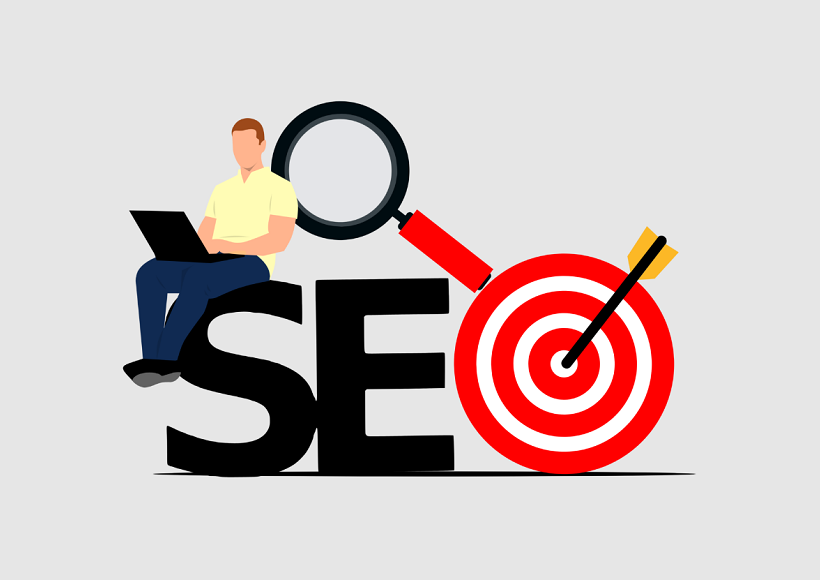
Are you looking to get more customers to your Shopify store? Or maybe you’re just starting out and want to make sure you’re doing everything you can to attract visitors.
Either way, one of the best ways to ensure success is to focus on search engine optimization (SEO). By optimizing your store for search engines, you’ll improve your chances of ranking higher in search results, which will lead to more traffic and potential customers.
And fortunately, there are a number of things you can do to optimize your Shopify store for SEO. Here are 10 Shopify SEO tips:
1. Use keyword-rich titles and descriptions
When creating titles and descriptions for your products, be sure to include relevant keywords. This will help search engines understand what your products are about and match them with relevant searches.
To find the right keywords to use, you can use a tool like Google Keyword Planner. Just enter some potential keywords for your product and it will show you how often people are searching for those terms.
2. Optimize your images
In addition to using keyword-rich titles and descriptions, you should also optimize your images for SEO. This means including keywords in the file names and alt text for your images.
This is important because search engines can’t “see” images the way we do. So, by including keywords, you’re helping them understand what the image is and how it relates to your product.
3. Use relevant, keyword-rich tags
When you’re tagging your products, be sure to include relevant, keyword-rich tags. This will help search engines understand what your products are about and match them with relevant searches.
4. Use a sitemap
A sitemap is a file that contains a list of all the pages on your website. It helps search engines crawl your site and find all your content.
If you’re using Shopify, there’s an easy way to generate a sitemap. Just go to Online Store > Preferences > General and scroll down to the “Sitemap” section. Then, click the “Enable sitemap” checkbox and save your changes.
5. Set up Google Analytics
Google Analytics is a free tool that allows you to track your website’s traffic and performance. It’s a valuable resource for any website owner, but it’s especially important for eCommerce stores because it can help you understand where your visitors are coming from and what they’re doing on your site.
To set up Google Analytics for your Shopify store, just create a free account and then follow the instructions here.
6. Use canonical tags
A canonical tag is an HTML element that tells search engines which version of a page to index. This is important for Shopify stores because product pages can sometimes have multiple URLs (e.g., with different sorting options).
If you don’t use canonical tags, search engines may index multiple versions of the same page, which can hurt your SEO. Fortunately, Shopify automatically adds canonical tags to product pages, so you don’t need to worry about this.
7. Use 301 redirects
A 301 redirect is a type of redirect that tells search engines that a page has permanently moved to a new location. This is important if you ever need to change the URL of a page on your site (for example, if you change the name of a product).
Using a 301 redirect will ensure that search engines update their records and that visitors are redirected to the new page.
8. Avoid duplicate content
Duplicate content is when the same or similar content appears on multiple pages of a website. This can happen inadvertently, for example, if you have products that come in different sizes or colors and each size/color has its own page.
Duplicate content can hurt your SEO because search engines may not know which version of the page to index. To avoid this, you can use canonical tags (as mentioned above) or noindex tags (which tell search engines not to index a particular page).
9. Optimize your homepage
Your homepage is often the first thing people will see when they visit your website, so it’s important to make a good impression.
To optimize your homepage for SEO, start by including keyword-rich titles and descriptions. You should also include links to your most popular products and pages. And be sure to use eye-catching images and videos that will grab people’s attention.
10. Promote your conten
In addition to optimizing your website for SEO, you should also promote your content on social media and other channels. This will help you get more traffic from people who are interested in what you have to offer.
To get started, create social media accounts for your business and share your content on a regular basis. You can also submit your website to directories and submit guest posts to other websites in your niche.
By following these tips, you can improve your Shopify store’s SEO and get more traffic, leads, and sales.
